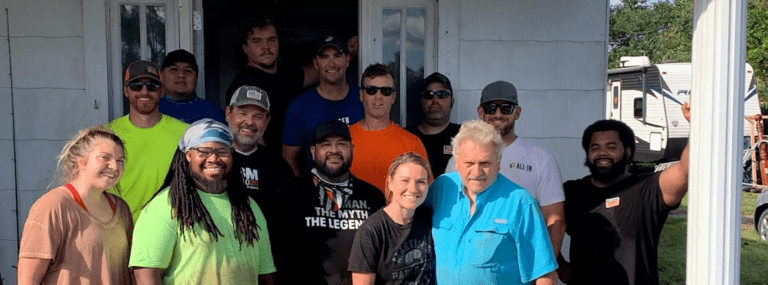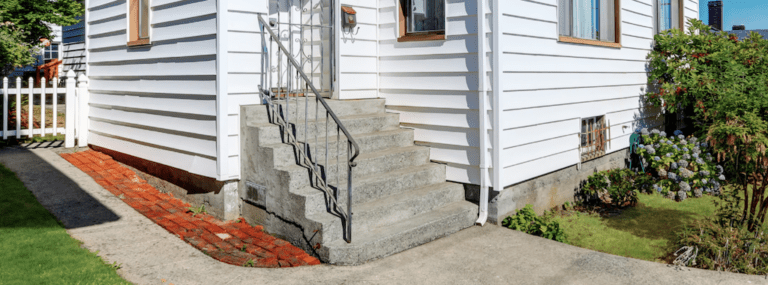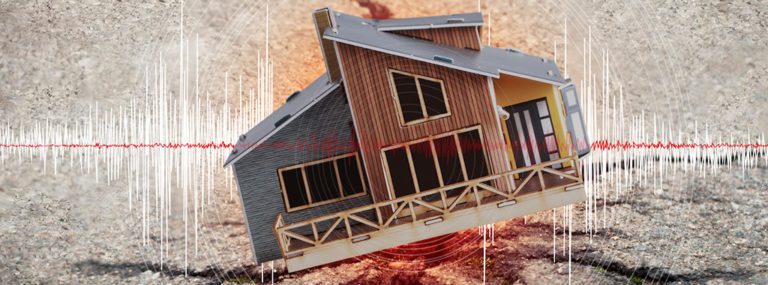This month is Building Safety Month. Its purpose is to recognize all the people that contribute to safe buildings, and to educate them on the things they can do to make buildings and their occupants even safer. Although it’s a national program, with a Presidential Proclamation, the driving force behind Building Safety Month is the International Code Council. The theme of Building Safety Month this year is “It Starts with You.” Simpson Strong-Tie is proud to be one of the many sponsors of Building Safety Month.
Celebration of Building Safety Month is divided up so that each week focuses on a different aspect of building safety. Week 1 is titled “Building Safety Starts at Home.” The point of this week is that there are many things that we can do at home to help keep ourselves, our families, and our guests safe. The messages focus on fire safety, building safety, and sustainability at home. For example, we all know how annoying those smoke detectors are when they start beeping, but that is an important signal that the batteries need replacing, and smoke alarms are an important component of fire safety in a home.
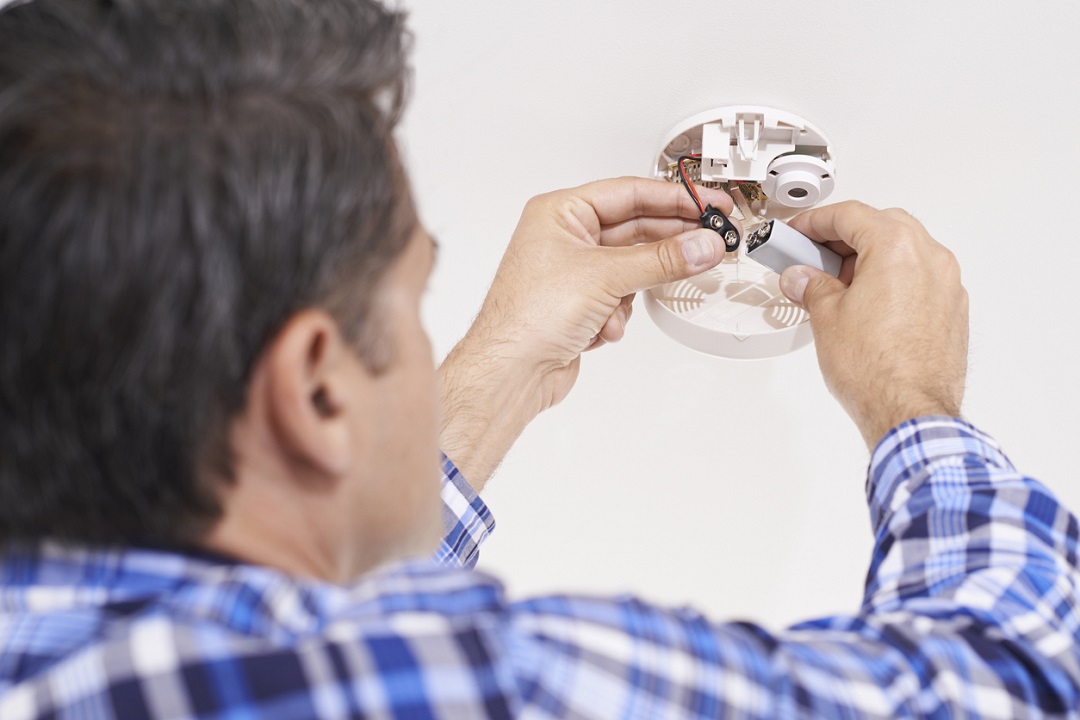
Week 2 aims to call attention to the importance of the building safety professionals who are involved in keeping buildings safe. These are the building officials, building inspectors, plans examiners, permit technicians, and fire marshals who, working with the builder, designer, and occupants, help ensure that buildings are constructed and maintained to be safe. Though they tend to work “behind the scenes,” these folks are an important resource for the other members of the building team.
Ways to protect your home and community from disasters form the focus of Week 3. Specifically, how building codes can help protect buildings from damage caused by flooding, earthquakes, hurricanes, or wildfire events. As it happens, large portions of the United States are vulnerable to one of more of these hazards.
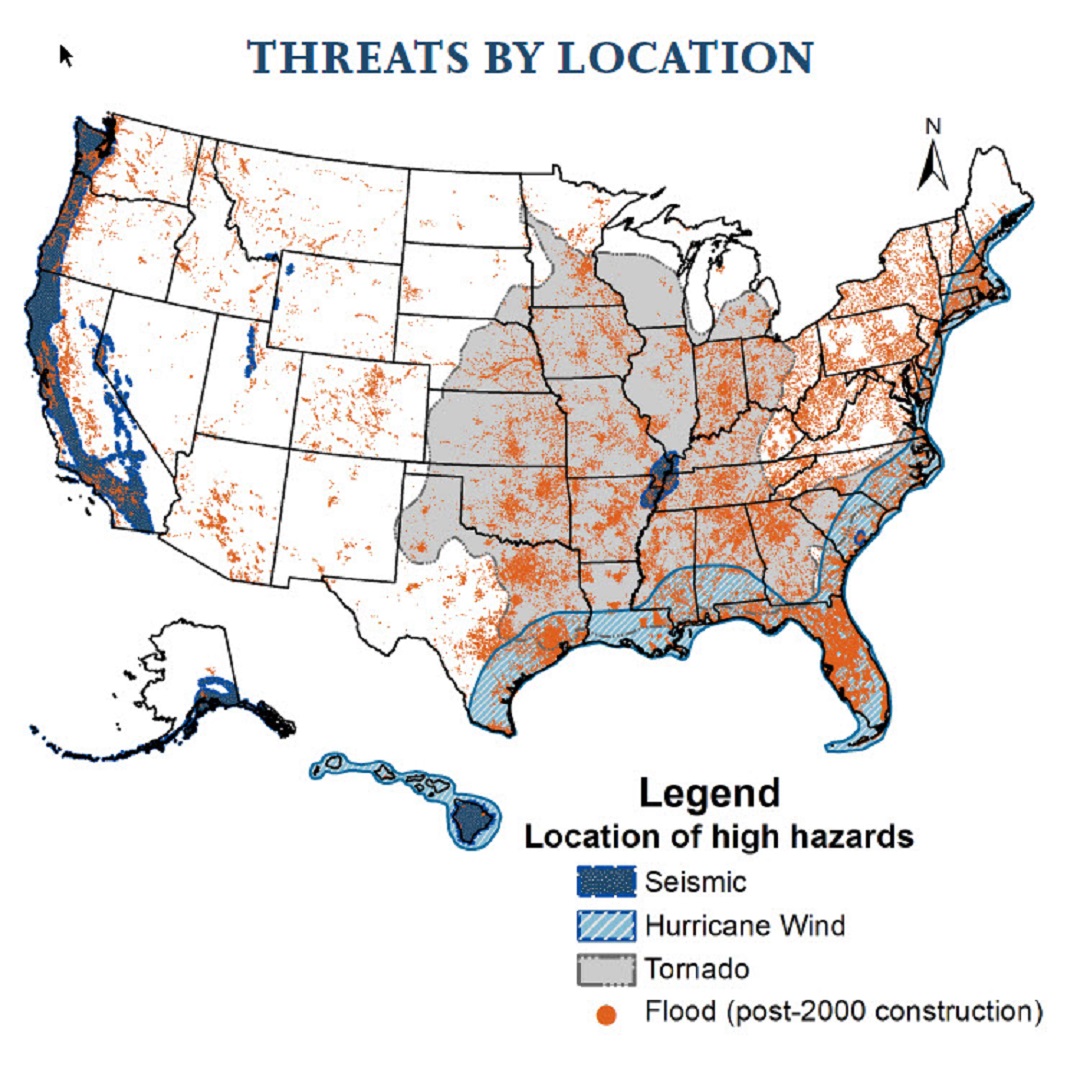
Recent studies have shown that using modern, hazard-resistant building codes is one of the most cost-effective ways to ensure our buildings are safe. However, FEMA states that 65 percent of counties, cities, and towns across the US have not adopted modern building codes. FEMA makes the case for adopting modern building codes in their document “Protecting Communities and Saving Money, The Case for Adoption Building Codes.”
It’s also important that individuals in areas subject to natural hazards be prepared for whatever might happen. ICC recommends that preparation include a family disaster action plan, designation of at least two exit routes from your home and your neighborhood to an agreed upon meeting spot, a disaster supply kit to use after an event, and a way to get notifications and updates on disaster and weather information. Sources for this information include Ready.gov, the National Weather Service, the Federal Alliance for Safe Homes, and the Red Cross. In fact, the first week in May is also Hurricane Preparedness Month, and NOAA has a nice infographic to help people get ready for hurricane season.
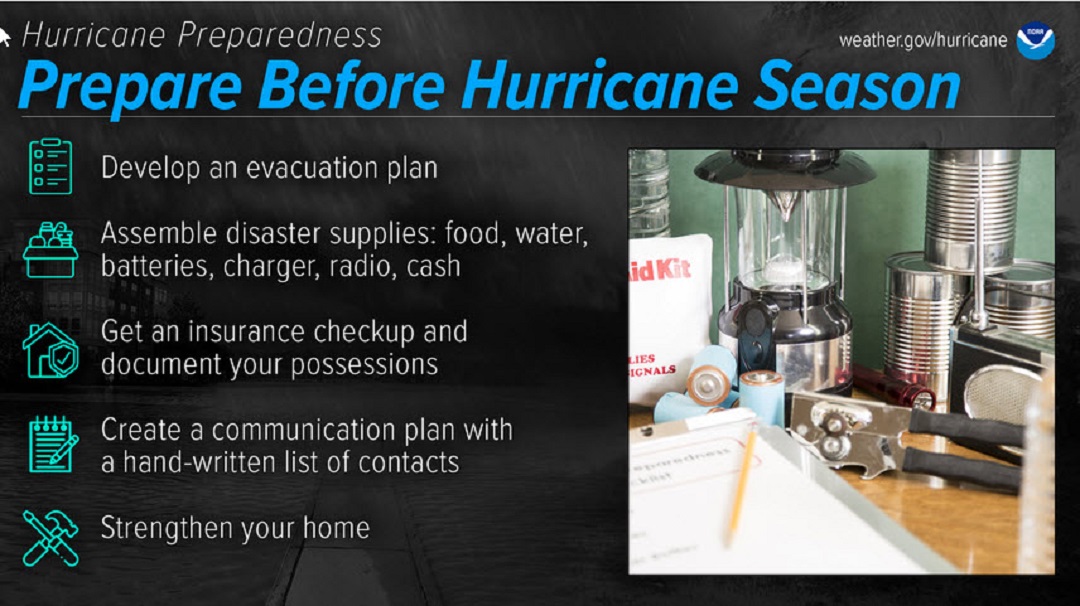
The theme for Week 4 is Advocate for Your Community. Become educated on things you can do to promote building safety in your community. The site contains a sample Letter to the Editor and Building Safety Month Press Release for those wanting to take an active role. One thing you can do is go to inspecttoprotect.org to find out more about your local building code. All you need is your address or zip code. Besides educating ourselves, there are steps parents and teachers can take to educate children on how the building safety system works. Involve your children in filling out a home safety checklist. Finally, if you have an interest in building safety, you may want to explore a career as a building safety professional. As is true for other personnel in the construction industry, there’s a serious need for more building safety professionals lately.
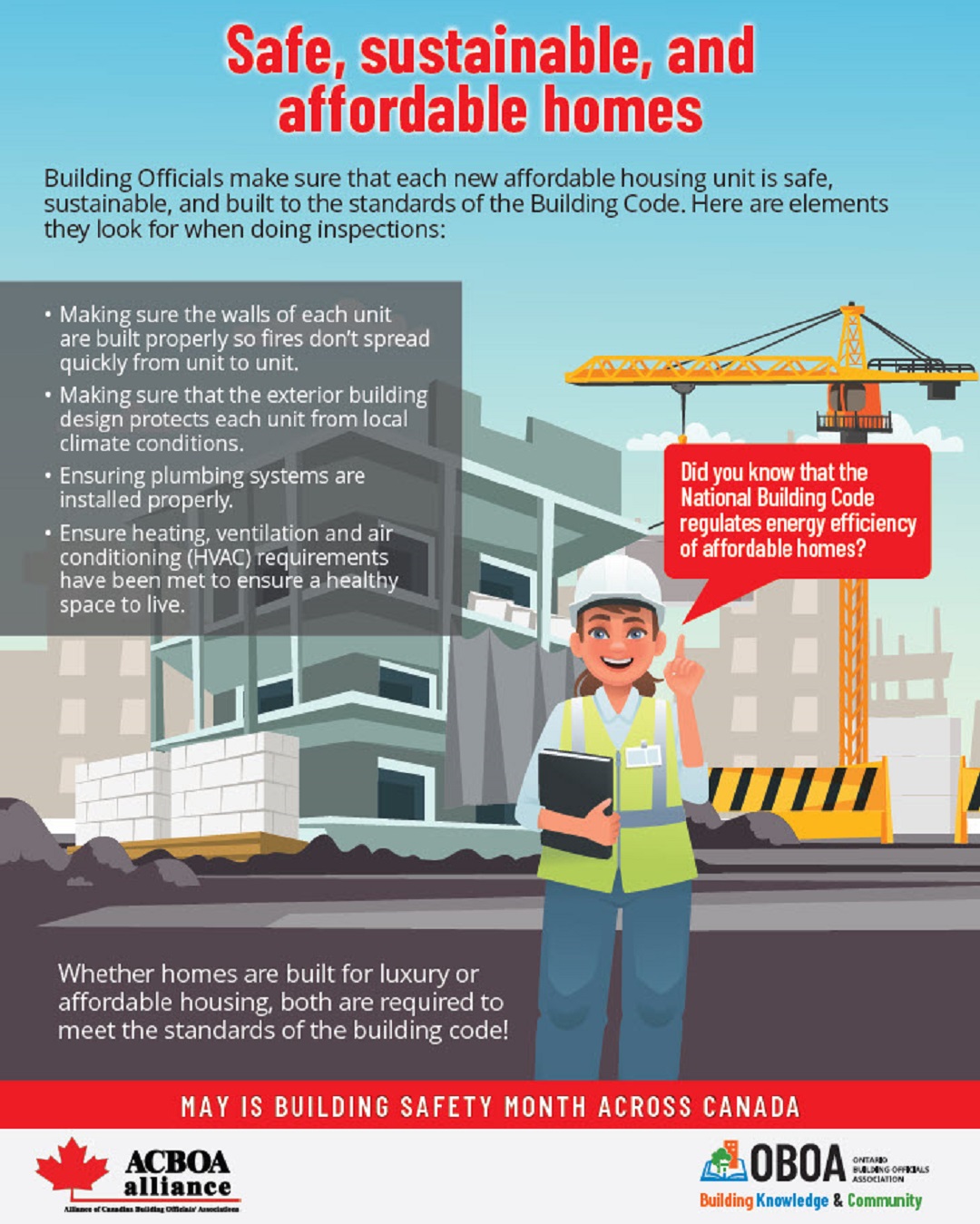
Finally, Week 5 expands the scope internationally to cover Solving Challenges Together. Natural hazards occur all over the world, and the week’s information highlights international efforts being made to combat those hazards. It also demonstrates how some other countries are tackling the issues of energy conservation and global water scarcity. Speaking of other countries who are concerned with building safety, it so happens that May is also Building Safety Month in Canada. Building safety is an is an issue that affects people without respect for borders, and as more nations show awareness of structural hazards and adopt modern building codes, the more lives we can save.
